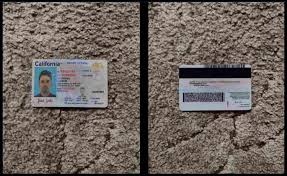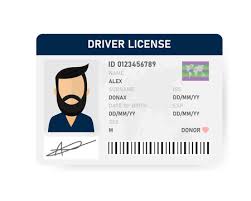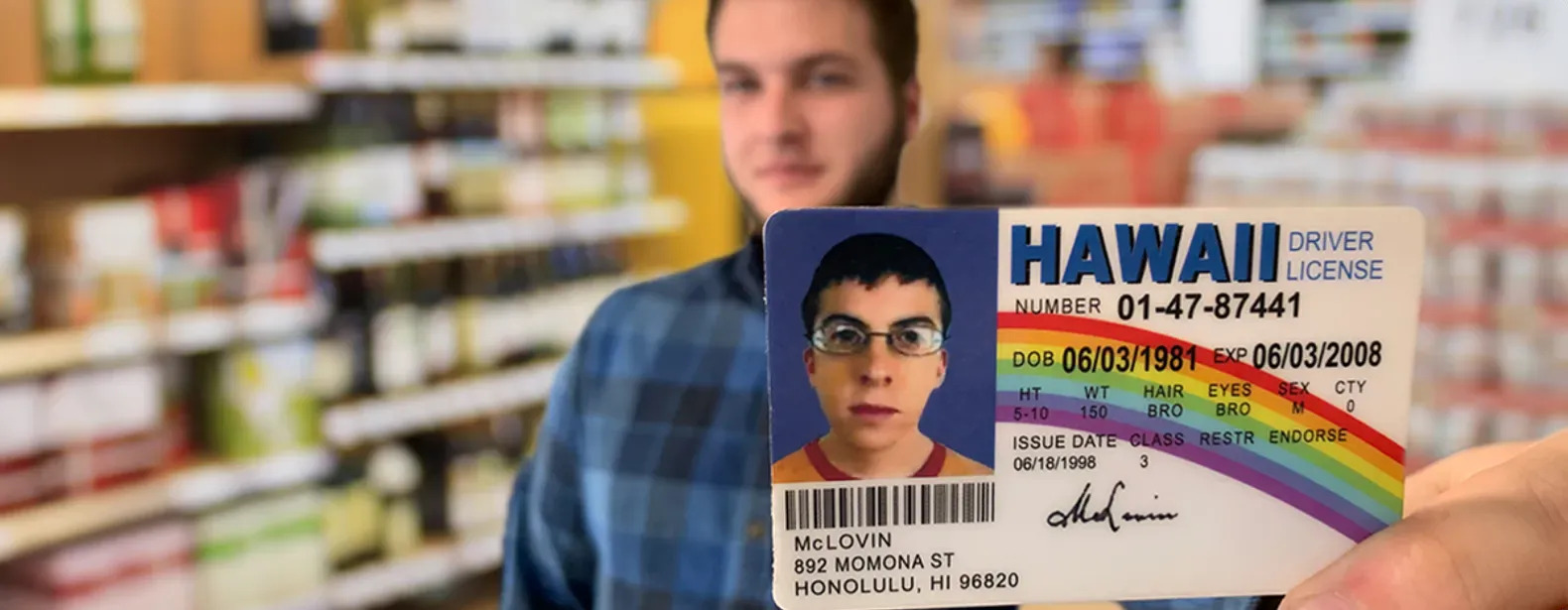fake ids that scan
Fake ID dealers often advertise their counterfeits as "scannable." Therefore, it is reasonable to ask: Will a fake ID be recognized by an ID scanner in actual use?
To answer this question, you need to understand the technology used by different ID scanners, as well as the tools used by counterfeiters to circumvent automated tests.
The most common of these tests is to verify the barcode or magnetic stripe on the ID.
Barcodes are used for data collection.
Most ID scanners verify the ID by reading the information on the barcode or magnetic stripe and checking that the data is returned in the correct format.
Unfortunately, these features are mainly used to help ID scanners extract information quickly and are not designed as strong security features.
Using existing technology and encoding schemes, it is easy to create barcodes and magnetic stripes with correct ID information on the Internet.
While simple ID scanners can be used to identify fake IDs, counterfeiters do not usually create IDs with faulty barcodes or magnetic stripes. Fake IDs sold on the most popular online platforms usually appear valid when scanned.
Today, most ID scanners rely solely on these tests, and many fake IDs in circulation pass verification when scanned.
To effectively identify fake IDs, you need technology that can analyze the facial features on an ID to discern subtle differences in more complex security features found in government-issued IDs.
ID scanners are able to accurately identify fake IDs by processing the scanned ID image, font, and spacing pixel by pixel and comparing it to a template of a real ID. This technology is rarely achieved.
This analysis is called pattern matching.
How do ID scanners effectively identify fake IDs?
When issuing official ID documents, IDs are created using complex designs and proprietary fonts as primary security features, making them nearly impossible to perfectly replicate.
The fine lines, unique fonts, tiny text, and complex graphics found on IDs require robust technology to reproduce, which is not readily available to illicit print shops.
When these details are poorly forged, they are easily discernible to the trained eye. However, more advanced fake IDs are able to pass muster with most people, and only when the ID is analyzed in extreme detail can signs of forgery be detected, often with only a few pixels showing signs of fakery.
That’s why fake ids that scan relies on its proprietary pattern matching technology to perform microscopic analysis on 4,500 different ID documents in order to accurately verify the ID. Pattern matching is the most common reason why fake IDs fail our ID scanners.
As it becomes easier to obtain these nearly perfect fake IDs on the dark web, counterfeit ID documents continue to drive an increase in annual identity fraud losses for businesses around the world.
Holograms and fluorescent overlays are another security measure that allow ID scanners to perform a third test: how well the ID’s reflective properties perform under different lighting conditions.
Verifying Holograms and Fluorescent Overlays
Holograms and fluorescent overlays are used as an additional layer of security and can be detected by shining a white light on the ID or placing it under a UV lamp.
Since these security features can be easily verified by low-tech means, modern counterfeiters try to mimic them. Counterfeiters either try to replicate these security features or transplant valid features from real IDs to fool the relevant tests.
Whether a fake ID passes the illumination test of an ID scanner depends on the quality of the fake ID and how advanced the scanner is. fake ids that scan uses custom lighting and hardware sensors to help determine its authenticity by analyzing the reflection of the ID.
Sophisticated fake IDs can replicate holograms and fluorescent overlays, so relying on these tests alone can create a false sense of security.
It's all in the scan engine.
If the scan engine is not powerful enough, a fake ID can still pass the ID scan that performs the three tests. The scan engine is the software that processes the information collected by the scan to verify the ID.
A reliable scan engine takes time to build and is constantly updated, using data from millions of scans to develop accurate fake ID recognition algorithms. Without the right scan engine, false positives will occur frequently, and new fake IDs may pass these tests.
Will fake IDs be recognized by ID scanners?
To identify fake IDs with an ID scanner, you need the right tools. Reliable tests carefully examine the minute details on the ID to ensure accuracy.
Pattern matching and a powerful scan engine are the most important components to verifying an ID document. Even ID scanners with the right combination of hardware often fail to keep their libraries updated, leading to reliability issues, false positives, and unreadable IDs.
Considering all of the above, are fake IDs scannable?
For most ID scanners, the answer is, sadly, yes. As for fake ids that scan’s proprietary scanning technology? Not likely.
If you need accurate fake ID recognition services, schedule a demo today and learn why fake ids that scan is the trusted choice for ID verification.
 MississippiDLFake ID
MississippiDLFake ID
 IndianaFake ID
IndianaFake ID
 MassachusettsFake ID
MassachusettsFake ID
 MichiganFake ID
MichiganFake ID
